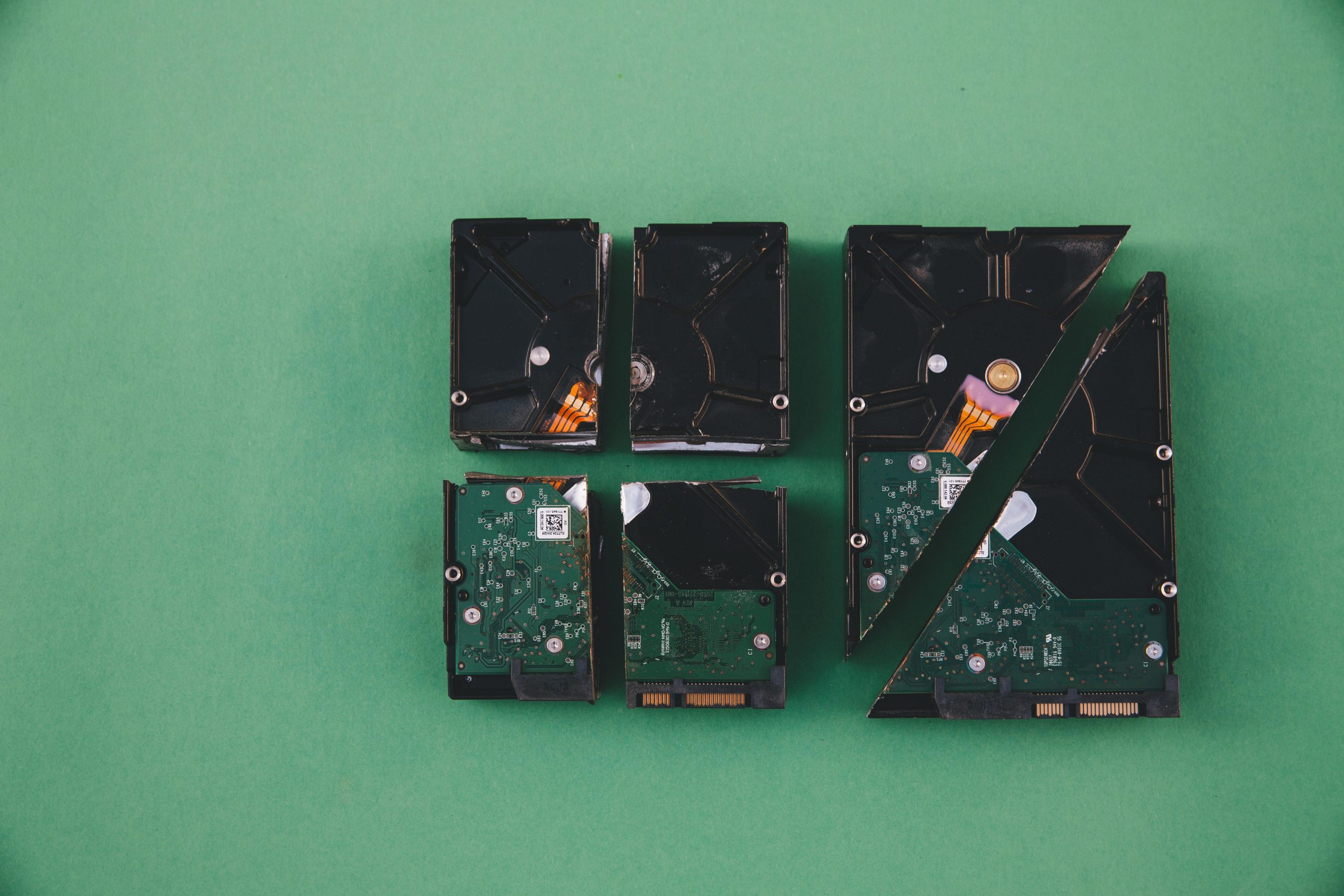Troubleshooting External NVMe SSD Recognition on Windows PCs During Startup
Introduction
External NVMe SSDs have become a popular choice for expanding storage quickly and efficiently. However, some users encounter issues where their external NVMe drives are not recognized by the system during startup, requiring manual intervention every time the PC boots. This article explores common causes of this problem and offers potential solutions, based on real-world user experiences and best practices.
Understanding the Issue
Many users report that their external NVMe SSDs, connected via USB, are not automatically detected by their Windows-based systems during the boot process. Specifically, the drive is recognized only after physically disconnecting and reconnecting it, which can be inconvenient and disrupt workflow.
Case Summary
One typical scenario involves a high-performance PC with the following specifications:
- Motherboard: MSI B550M VDH PRO WIFI
- Graphics Card: NVIDIA RTX 4060 (overclocked with NVIDIA Experience Tuning)
- CPU: AMD Ryzen 7 5700X (overclocked with Ryzen Master)
- RAM: 32GB DDR4 (3200MHz, overclocked with XMP profile 2)
- Internal Storage: Kingston 1TB NVMe SSD
- External Storage: Patriot 1TB NVMe SSD connected via USB
Despite updating drivers, BIOS, and performing various troubleshooting steps, the external NVMe SSD still fails to auto-mount or be recognized at startup consistently.
Common Causes and Troubleshooting Steps
- Power Management Settings
USB selective suspend settings can sometimes prevent external drives from initializing at boot. To address this:
- Navigate to Power Options in Windows.
- Select your active power plan and click on “Change plan settings.”
- Choose “Change advanced power settings.”
- Expand “USB settings” and disable “USB selective suspend setting.”
-
Save changes and restart to see if the drive is recognized on startup.
-
BIOS Settings
-
Check the BIOS for any USB configuration options related to fast boot or USB legacy support.
- Disable fast boot or enable legacy USB support if disabled.
-
Ensure that the USB port used for the external NVMe SSD is set to the appropriate mode, such as UASP, if available.
-
Driver and Firmware Updates
-
Confirm that all chipset drivers are up to date, including those for USB controllers.
- Visit the motherboard manufacturer’s website to download the latest BIOS and firmware updates.
- Update your external SSD
Share this content:



